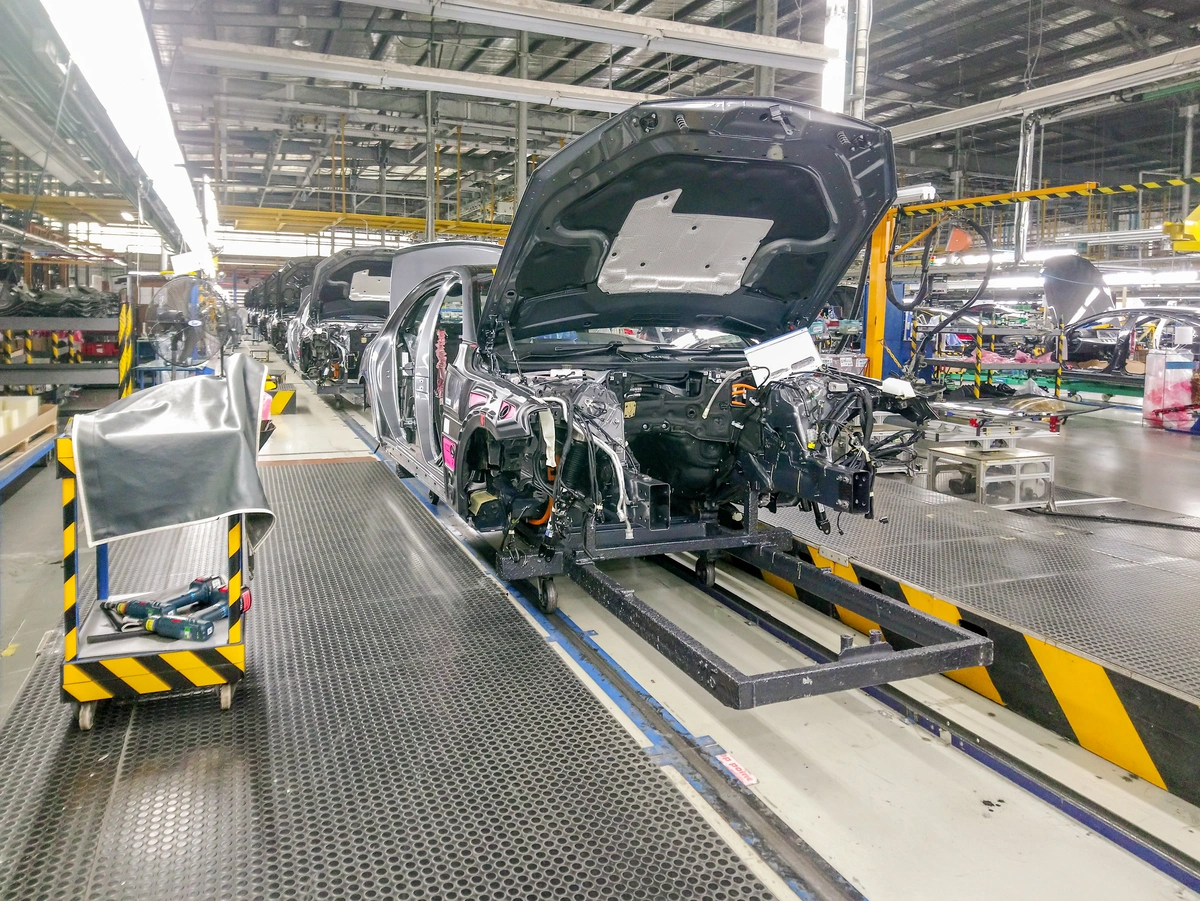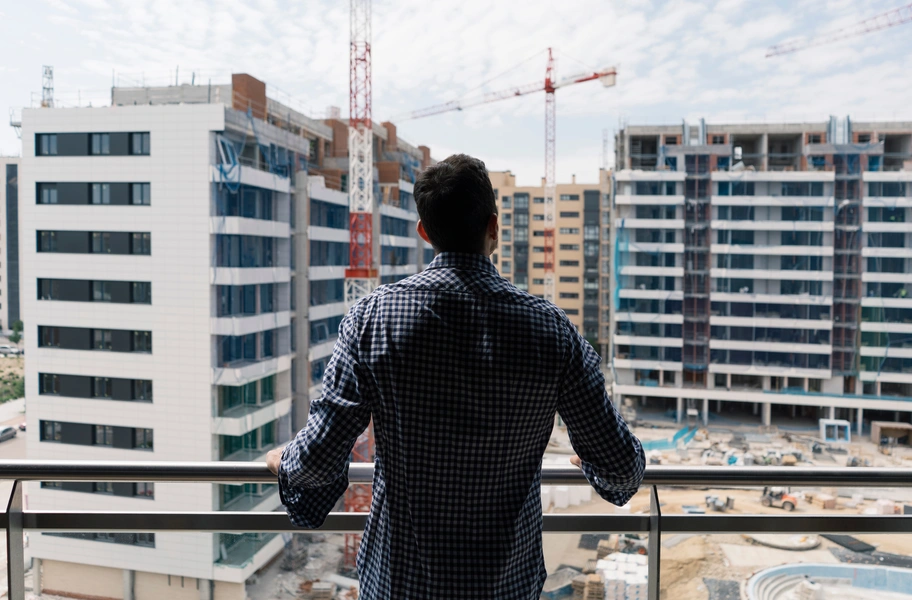One of the first initiatives of the new Biden Administration is a $2 trillion Federal infrastructure bill. No matter which side of the political aisle one falls on, the bill will have far-reaching implications for communities across the country. Not only will the proposed package cover traditional infrastructure such as bridges, airports, and water systems, but it will also create clean energy jobs across the country and smarter, greener schools at the center of communities.
While details of the bill are still being ironed out in Congress, companies in the design, construction, and infrastructure industries can prepare for its passage by identifying projects and engaging with affected communities early on. In this way, companies can pre-position themselves in local markets and communities and define what success looks like for a project before shovels break ground.
Embarking on infrastructure projects can be an enormous financial burden, as well as an obvious risk to reputation and relationships for participating companies if they do not properly account for or engage with local communities.
High-profile examples have been covered by the media—for instance, the Dakota Access Pipeline incurred $800 million dollars in damages as a result of ongoing protests against the project by local indigenous communities and activists—but the issue reaches far beyond oil pipelines. When they aren’t consulted early on, communities end up pushing back against infrastructure projects that otherwise seem beneficial to that community or its environment. In New York City’s Lower East Side, community members protested updates to the East River Parkway, after the city abandoned a years-long plan originated through community engagement efforts.
Despite understanding the enormous financial consequences of developing an infrastructure project that an affected community hasn’t sounded off on, many companies have still not yet found a way to meaningfully engage with them—a key step in securing support and long-term amiable working relationships that are necessary for delivering a project on time and on budget.
Infrastructure investments have come to the forefront of many communities’ wants and needs, and there is a real opportunity to make lasting enhancements to areas that need it most. How can infrastructure companies determine what surrounding neighborhoods are really looking for, though?
A History of Marginalization
Before understanding how companies can properly engage with their community to plan a project, we must first understand why communities may be hesitant to trust infrastructure companies.
For decades, lower-income neighborhoods and communities of color have suffered from disinvestments of infrastructure, redlining, and overall marginalization. Redlining was a tactic used in the 1930s to determine which areas would get federal funding to develop real estate, and race was a critical factor. Areas populated by Black Americans were outlined in red and ultimately did not receive housing loans to develop their community.
In the 1950s, the construction of highways was another tactic used to disparage lower-income neighborhoods. American cities began building highways directly in Black neighborhoods at the same time they were tasked with desegregating, essentially using the highways to keep low-income people and people of color trapped in poor neighborhoods, while transporting wealthier people into more affluent suburbs.
Suburban areas began passing exclusionary zoning laws and increased taxes as a barrier of entry, consequently segregating minorities to urban neighborhoods and decreasing investment in cities across the country.
In addition to reconciling with the history of racist urban infrastructure development, climate change and environmental justice are top-of-mind for the Biden administration, and should be taken into consideration for any future construction project. Natural disasters are occurring more frequently and intensely across the country, and lower-income communities and people of color are often those most at risk in these weather events. Future infrastructure projects must take this into account with any new development or retrofit.
Redefining Success
Companies must be able to measure and effectively communicate the social benefits of infrastructure projects to local community members so they retain the trust and support of that community. Infrastructure projects can take years to complete, and the side effects, such as increased noise, pollution, and traffic, can leave lasting impacts.
The social benefits of infrastructure projects have long been overlooked because they are difficult to measure. While economic data is easier to capture, qualitative factors that discern the long-term impacts of infrastructure on the health of communities are less defined.
Finding the right metrics requires having a deep understanding of the priorities of the communities that will use and pay for the infrastructure projects. Community stakeholders must be involved in the development process in order to secure buy-in on projects.
The Solution
By proactively engaging with local communities, infrastructure companies can create meaningful change for those who need it most. To effectively do this, infrastructure companies should follow these steps:
-
Know your why: It’s important to ensure that public and private opinions for any project are aligned before starting any major project. Make sure all parties have a clear understanding of what the project is, how long it will take, and what the desired outcome is. By engaging with local community leaders, cities can ensure they have buy-in on projects, ultimately helping the infrastructure project successfully move forward. Communities can also be a beneficial part of the planning process – they may have design ideas, know of traffic routes for construction that would be less disruptive to residents, and ideas for project elements that would be most used by locals.
-
Understand the risks: Millions of people are hoping the infrastructure bill can undo decades of neglected infrastructure and racist policies that have enabled some cities and neighborhoods to prosper while others suffered for decades. Having a misstep can be a huge financial hit, especially if the public is not supportive. Projects that get stalled or eventually canceled have a chilling effect on a company’s reputation and businesses in that jurisdiction, sometimes resulting in costly litigation and a public blame game between all sides.
-
Win public opinion: Winning over the public won’t be done overnight. Through community engagement strategies, companies can build relationships with those who will be most impacted by an infrastructure project. These stakeholders will be your biggest advocate for a project in communities that have been deprived of meaningful updates for far too long. When done right, those very community leaders will be long-term advocates for a company’s future success.
At Ichor, we help companies understand the needs of the communities they operate in, and recalibrate strategic plans based on what local community members are saying. The infrastructure bill is a real opportunity for cities and companies alike to create lasting, meaningful change in the communities they serve. But it must start with understanding a community’s needs, sensitivities, and priorities to ensure realizable goals and mutual success in project outcomes.




